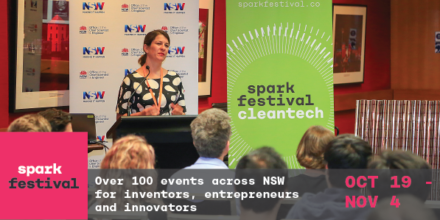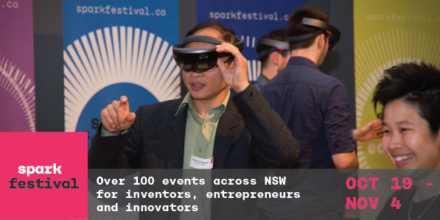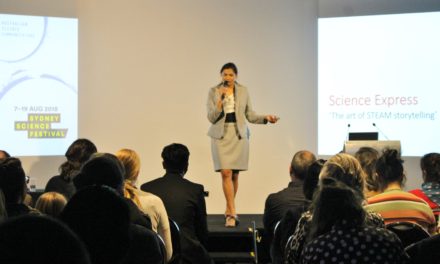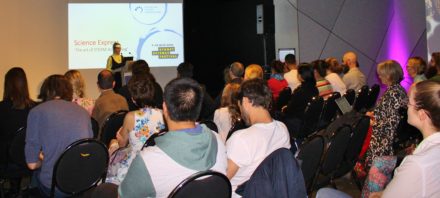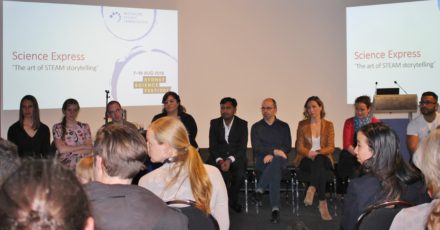Happy New Year. What will 2019 have in store for us? Here’s my new year’s listicle of things to keep your eye on as a science communicator in 2019…
- The Periodic table turns 150! There’s a special place to celebrate the role that an Australian research teamhelped contribute to the discovery and creation of element 117 Ununseptium (or tennissine).
- 20 May the International System of Units (SI) will redefine four measrurements: the kilogram(mass), the Kelvin(temperature), the mole (amount) and the ampere(electrical current). The General Conference on Weights and Measures voted in November 2018 to redefine these on physical constants rather than representative objects.
- 21 July we’ll celebrate the 50thAnniversary of the first human footsteps on the moon. There’s a coin set commemorating the Aussie dish at Honeysuckle Creeknear Canberra that relayed those first signals. A great excuse to rewatch the classic Australian film The Dish.
- Will 2019 result in another significant coral bleaching event for the Great Barrier Reef?High temperatures in early summercould be a worrying indicator of what we may see in the next couple of months.
- Get ready for your democracy sausage in 2019. The Australian Academy of Science have released their 10 recommendations for science for the upcoming federal election, including a call for the government to commit to increasing national R&D spending to 3% of GDP over the next decade.
- The Australian Space Agencywill open doors in 2019, set to be housed in at Lot14, the old Royal Adelaide Hospital site in Adelaide. Their first task set to be increasing coordination across the aerospace industry.
- Where next for CRISPR and gene editing? 2018 saw the first cloned primates, and reports of the first genetically engineered babies born in China, so it will be interesting to see what 2019 brings.
- Given these advances, it’s also worth keeping an eye on the recent review of the Gene Technology Scheme by OGTR, which recommends updating existing definitions given the technological changes that have occurred in the nearly two decades since the implementation of the scheme. This will kick off additional consultation this year on definitions of GMOs (of note for sci-commers especially – they review also flagged that there be a targeted public communication strategy for the scheme).
Wishing you a happy, curiosity filled trip around the sun in 2019.

